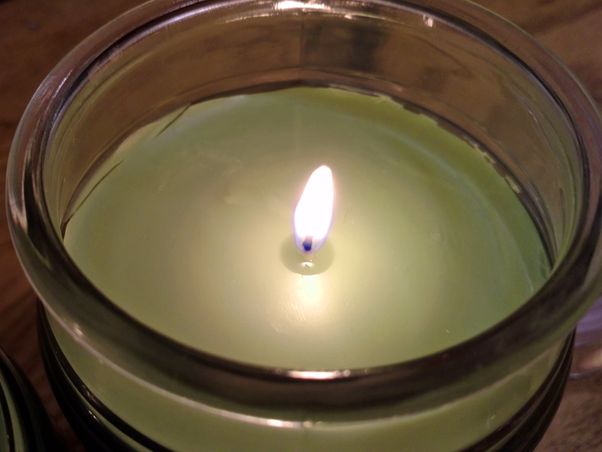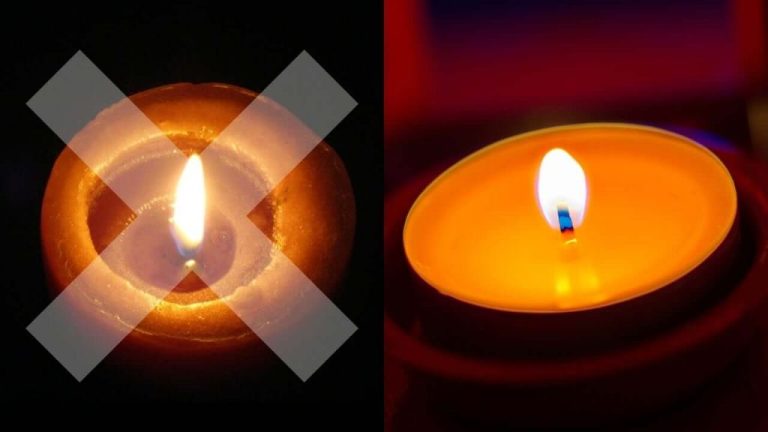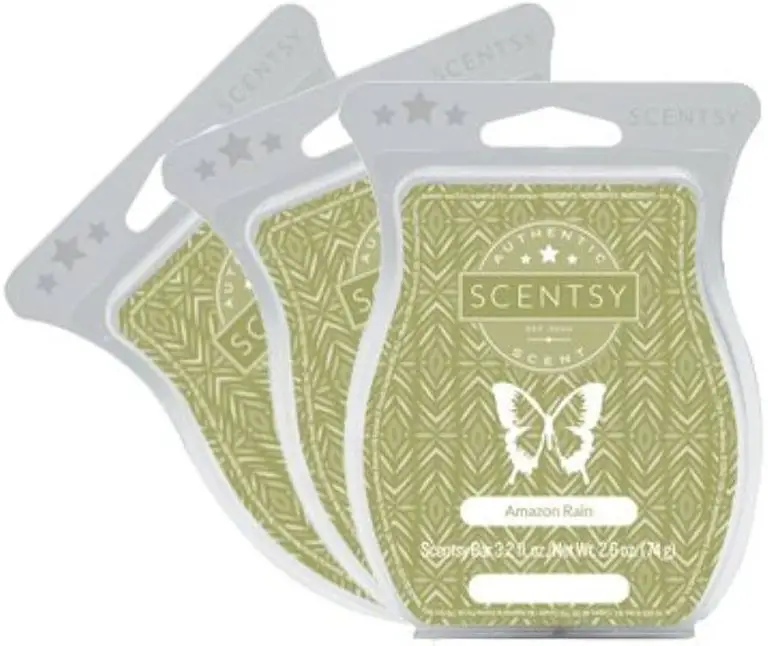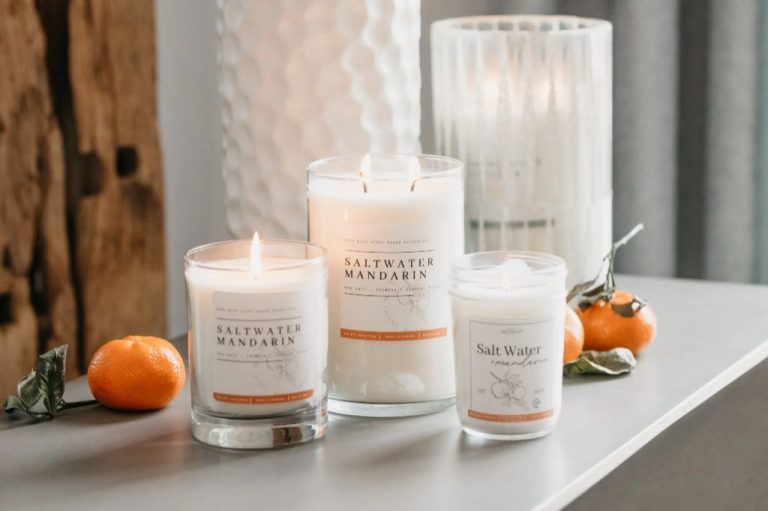What Are Wicks Coated With?
A wick is a cord or strip of fabric that is used to draw fuel to the flame in candles, oil lamps, torches, and other combustion devices that provide illumination. The purpose of a wick is to deliver the fuel to the flame at a controlled rate to ensure complete combustion and a steady, even flame. Wicks are coated with various materials to help regulate this fuel delivery and enhance certain properties of the wick.
Wicks can be made from several types of materials, with the most common being cotton, wood, paper, and textiles. To improve their performance, wicks are often treated with special coatings made from wax, salt, zinc/tin cores, dyes, and fragrances.
Cotton
Cotton is the most common wick material used in candles today. Cotton is preferred for its highly absorbent properties that draw wax up the wick via capillary action. The individual cotton fibers act as small capillaries that soak up melted wax. Cotton also burns cleanly and predictably, with an even glow and without excessive smoking.
The absorbency of cotton allows it to draw melted wax up the wick, fueling the flame. This capillary action is important for a sustained, consistent burn. Cotton fibers actually swell as they absorb the wax, further improving wick performance.
Cotton burns evenly, with a bright flame. The ash residue left behind is minimal. This makes cotton an ideal wick material for candles, as its combustion properties promote an optimal burn.

Wood
Wood is a common material used to make wicks for candles. Some of the most popular types of wood used for candle wicks include cottonwood, red cedar, basswood, and bamboo (Wooden Wicks 101). These woods are preferred because they have good absorbent properties and burn cleanly.
The absorbent nature of wood fibers allows the wick to draw wax up through capillary action. This ensures an even burn and prevents tunneling. Softwoods like basswood and cedar tend to be more absorbent than hardwoods. The grain direction also impacts absorption, so wicks are usually cut along the wood’s grain for optimal performance.
When wood burns, it forms carbon char. The charring creates Surface Combustion Technology which crackles and sparks for ambiance. Well-made wood wicks burn slowly, evenly, and produce less soot than cotton. They burn cooler than cotton as well. The width, wax saturation, and wood type impact the flame height and burn properties. Thinner wicks tend to burn faster while wider wicks burn slower with a larger flame (How Do Crackling Wood Wick Candles Work?).
Paper
Paper is a common material used for candle wicks. Some types of paper that work well for wicks include cotton paper, natural fiber paper, and even common paper like printer paper (“Paper Wicks Explained: A Must Read Guide”). Paper is absorbent, which allows it to draw wax up through the wick. The absorbency depends on the type of paper fiber and thickness. Thinner paper tends to be more absorbent.
Paper burns relatively cleanly and evenly when used as a wick. The ash left behind is lightweight. Paper has a lower ignition temperature than materials like wood or cotton. This allows paper wicks to light easily when introduced to a flame. As paper burns, it forms a tapered shape and curls away from the heat source. This helps prevent issues like wick drowning and promotes an even burn.
Zinc or tin cores
Many candles and wax melts use a metal core made of zinc or tin in the center of the wick (source: https://m.pt.aliexpress.com/i/1005006012902822.html). The purpose of these metal cores is to help keep the wick upright and rigid so it burns properly. The stiff metal core provides structural support and prevents the wick from bending over into the melted wax pool.
Zinc and tin have high melting points, which allows the metal core to resist melting when the candle burns. This allows the wick to continue burning evenly all the way down to the bottom of the candle. If the core melted, the wick would fall over into the wax and stop burning properly (source: https://pt.aliexpress.com/i/1005006182193254.html). The zinc or tin core essentially acts as a spine to hold the wick upright for optimal burning.
Wax Coatings
Wax coatings serve an important purpose for candle wicks. They are applied to the wick fiber to provide stiffness and maintain upright structure so the wick burns properly. Some common types of wax used for wick coatings include:
Paraffin wax – This is a highly refined petroleum-based wax with a melting point around 130°F to 150°F. It produces a smooth coating that holds its shape well. Paraffin waxes like SP-1500 are commonly used for wick coatings due to their optimal stiffness and melting properties (https://spwax.com/products/Wick-Wax-Coating/sp-1500).
Beeswax – A natural wax made by honey bees, beeswax has a melting point around 140°F to 150°F. It can be used alone or blended with paraffin to make wick coatings. Beeswax provides stiffness but is brittle when cold.
Ozokerite – This mineral wax derived from petroleum has a very high melting point over 350°F. Small amounts are blended with paraffin wax to increase stiffness and raise melting point.
The optimal wax coating allows the wick to remain upright as the candle burns. It provides just enough stiffness without being too rigid or brittle. The wax coating must fully melt into the candle wax pool once lit. A coating that is too hard will clog the wick, preventing capillary action. Finding the right wax blend is crucial for proper wick structure and candle burning performance.
Salt coatings
Salt coatings are commonly applied to candle wicks to help stiffen and strengthen the wick material and improve burning performance. The salt solution is absorbed into the fibers of the wick, helping the wick maintain its shape and stand upright as the candle burns. The salt also slows down the burning rate of the wick, which promotes an even, consistent flame.
When a wick is soaked in a salt solution, usually comprised of sodium chloride or borax, the salt crystals get deposited onto the strands. As the wick dries, these salt crystals interact with the fibers to make the wick less pliable and more rigid. The salt crystals also roughen up the surface of the wick, allowing for better capillary action as the melted wax travels up the wick during burning.
In addition, the salt coating causes the wick to burn slower and at a lower temperature. The salt prevents the wick from flaring excessively or forming a mushroom top as it burns. This results in a more complete burn and prevents excess smoke and soot formation. Overall, salt coatings allow for more controlled, efficient wick burning and a cleaner, steadier flame in candle wicking.
Dye coatings
Dye coatings are commonly applied to candle wicks to color the flame or indicate the fragrance of a scented candle. The most common dyes used on candle wicks include:
- Phthalocyanine dyes – These synthetic organic dyes produce brilliant shades of blue and green when burned.
- Naphthol dyes – Derived from napthalene, these dyes create yellow, orange, and red flames.
- Azo dyes – This class of dyes produces a range of colors including yellow, orange, brown, and black.
The purpose of applying dye coatings to wicks is purely decorative. Colored flames can enhance the ambiance and aesthetics of a candle. Scented candle makers often coordinate the dye color with a complementary fragrance to indicate the smell. The dyes burn off as the wick is consumed without affecting performance. While dyed wicks create eye-catching effects, plain natural wicks are generally preferred for a clean burn.
Fragrance coatings
Another type of coating applied to candle wicks is a fragrance coating. These coatings are made from a blend of waxes, oils, and fragrance oils. The purpose of adding a fragrance coating is to provide an initial fragrance burst when the candle is first lit before the bulk of the candle wax starts melting and releasing its scent.
Fragrance coatings allow candle makers to create an aroma experience that evolves as the candle burns. Common fragrance oils used in wick coatings include essential oils such as lavender, eucalyptus, citrus oils, as well as synthetic fragrances. The fragrance oils are blended into the wax coating at percentages ranging from 5-15% depending on the desired intensity.
Applying a scented coating to the wick provides an immediate scent when the candle is lit, greeting the user with an appealing aroma right from the first burn. As the candle wax pool starts to liquify and diffuse its main fragrance, the initial fragrance coating seamlessly transitions the user into the core scent experience.
Conclusion
In summary, wick coatings serve several important purposes in candle making. They help stiffen the wick so it stands upright when inserted into wax. Coatings also allow the wick to burn cooler by creating a protective layer between the flame and wax pool. Common coating materials include cotton, wood, paper, zinc, tin, wax, salt, dyes, and fragrances.
Properly coating a wick is crucial for optimal candle performance. It promotes an even burn, reduces sooting, and minimizes mushrooming. With a quality coating, candles burn cleaner and more slowly. This improves fragrance throw and allows the wax to liquefy properly. Overall, coatings enable the wick to function as intended for a consistently safe and high-quality burn.





